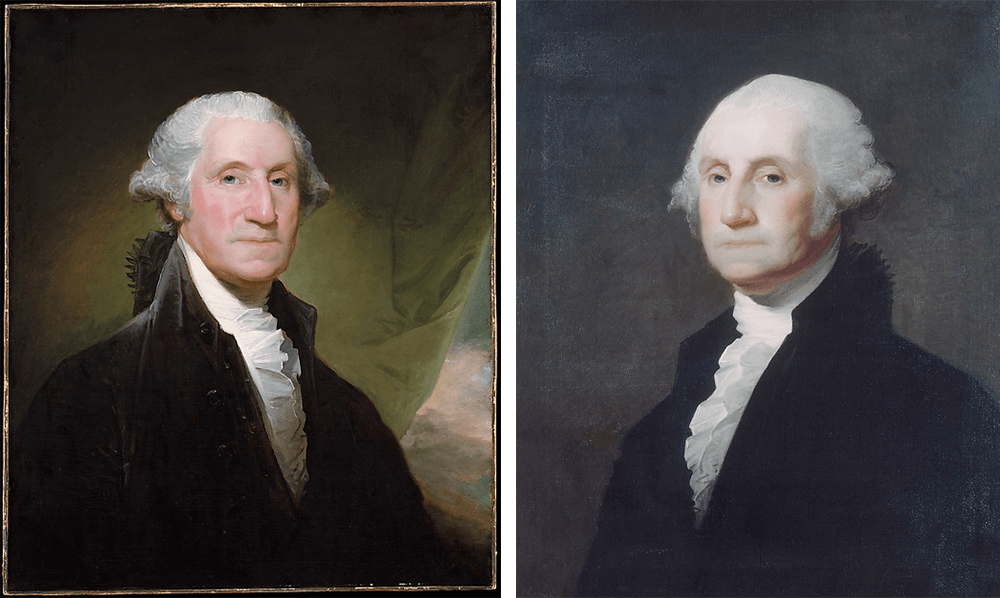How George Washington’s dental problems affected his presidential portraits
Written by Allison Russell, Feature Image Source The first president of the United States is known for many heroic feats. He crossed the Delaware, won the war, and retired from office after two terms, setting a precedent for the transfer of power that would endure to the present day. And the founding father did it all while suffering from serious dental problems. In fact, one of the most pervasive myths about George Washington is the rumor that he had wooden teeth. It’s true he suffered from tooth loss and constant oral pain, but Washington’s dentures were probably made of ivory and metal—not wood. The mercury oxide used to treat Washington’s illnesses early in life likely caused the damage to his teeth that would lead to his edentulism, though there might have been other factors. The pain and inconvenience of Washington’s dental problems plagued him from the time he lost his first tooth at age 22. When he became president at age 57, he only had one natural tooth left in his mouth. Washington actually suffered from another esthetic side effect in addition to the discomfort of his dentures and his lingering oral pain. Consider two of Washington’s presidential portraits. Both were painted by Gilbert Stuart, one in 1795 and the other in 1803. Not only does Washington visibly grimace from his oral pain, but his face shape changes drastically over these eight years. The president’s vertical dimension of occlusion (VDO), or the distance from his nose to the tip of his chin, has been reduced. This altered his facial proportions and made his chin appear shorter.
Consider two of Washington’s presidential portraits. Both were painted by Gilbert Stuart, one in 1795 and the other in 1803. Not only does Washington visibly grimace from his oral pain, but his face shape changes drastically over these eight years. The president’s vertical dimension of occlusion (VDO), or the distance from his nose to the tip of his chin, has been reduced. This altered his facial proportions and made his chin appear shorter.


